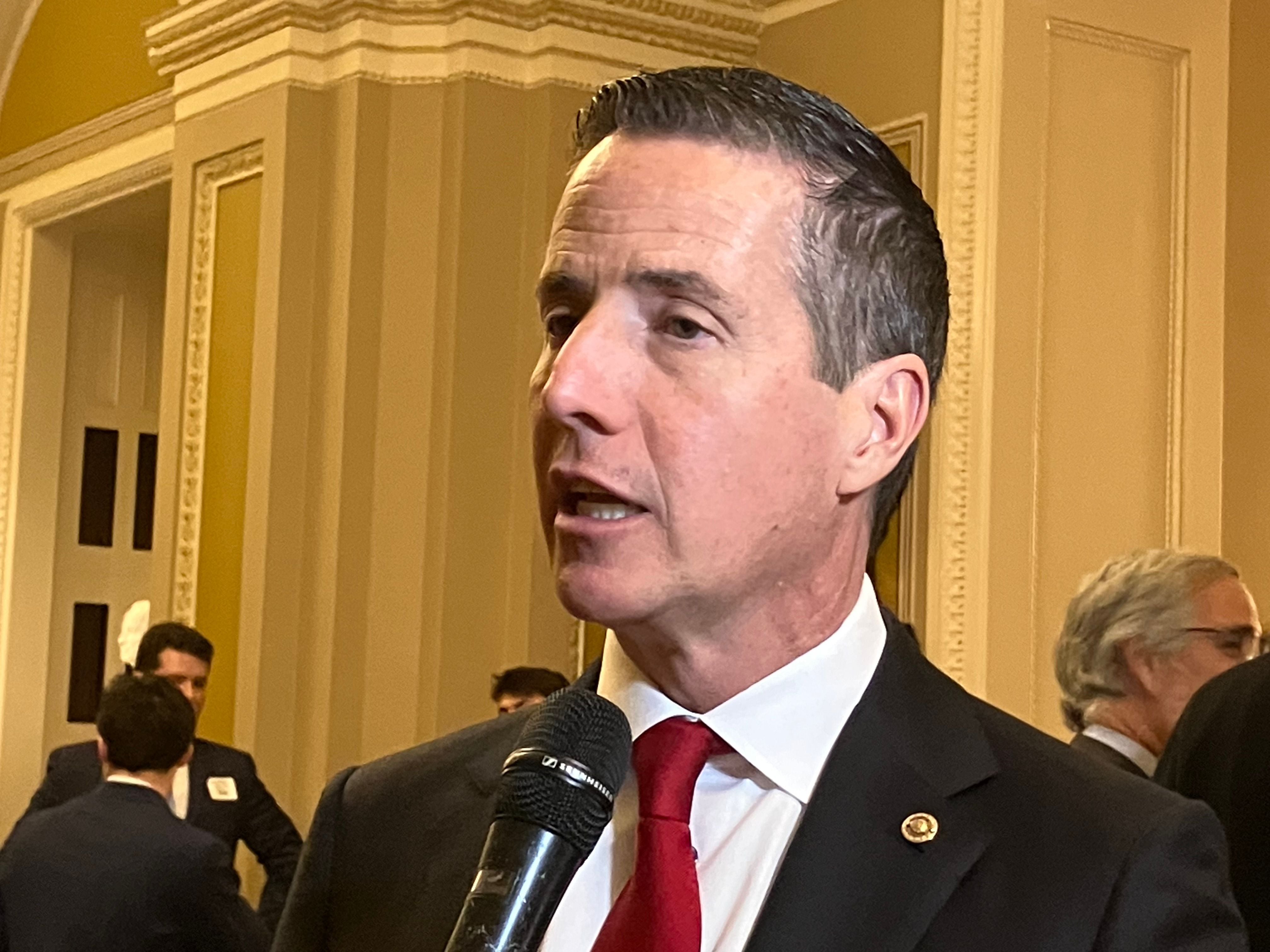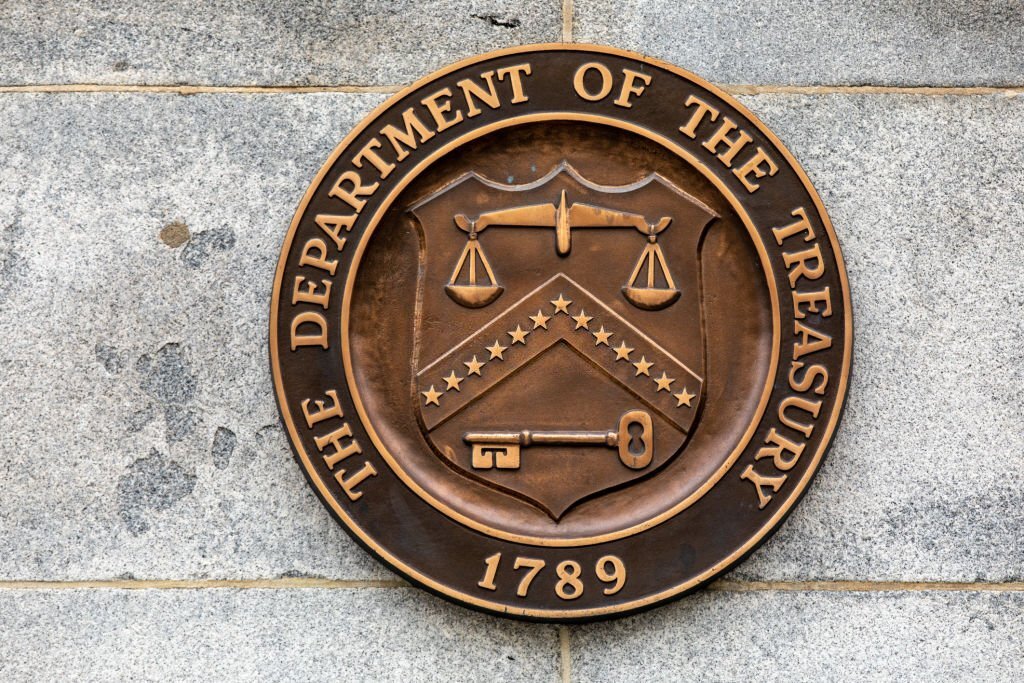A grouping of retirement plan provisions, including raising the age for RMDs and other changes, commonly called the SECURE 2.0 Act of 2022 (SECURE 2.0), were included in the 2023 Consolidated Appropriations Act (also known as the Omnibus Bill), which passed Congress on December 23, 2022, and is awaiting President Biden’s signature.
[This article first appeared on the Wolters Kluwer Expert Insights blog.]
What is the SECURE 2.0 Act of 2022?
SECURE 2.0 is comprehensive legislation that expands and increases retirement savings, especially for low-income and part-time employees, and simplifies and clarifies many complex and confusing existing retirement plan rules. It builds on the SECURE Act of 2019 (SECURE Act), which increased the age of required minimum distributions (RMDs) and eliminated age requirements for traditional IRA contributions.
The SECURE Act 2.0 expands automatic enrollment programs to help small employers sponsor plans for employees, and enhances certain credits to make saving for retirement more beneficial to both individuals and plan sponsors. It also improves individual investment options, streamlines plan administration, and makes significant changes to required minimum distributions (also known as RMDs). These changes give taxpayers more flexibility in how they use qualified retirement savings and avoid excise taxes for early withdrawals in certain cases.
History of SECURE 2.0
In March, the House passed a version of the bill, known as the SECURE Act 2. The Senate Finance Committee proposed an even larger version later this year, known as EARN Act. Neither passed, and SECURE 2.0 reflects what was ultimately agreed to by both houses of Congress.
Key provisions in SECURE 2.0
Mandatory automatic enrollment.
Effective for plan years beginning after December 31, 2024, new 401(k) and 403(b) plans must automatically enroll employees when eligible. Automatic deferrals start at between 3% and 10% of compensation, increasing by 1% each year, to a maximum of at least 10%, but no more than 15% of compensation.
Increased age for Requires Minimum Distributions.
SECURE 2.0 increases the age for RMDs to 73, beginning on January 1, 2023, and to age 75 on January 1, 2033, for certain individuals. In addition, it reduces or entirely eliminates the excise tax imposed for not taking RMDs.
Increase in catch-up limits.
For those aged 50 or older, the retirement plan contribution limit is increased (“catch-up contributions”). For 2023, the catch-up contribution amount is limited to $7,500 for most retirement plans and is subject to inflation increases.
SECURE 2.0 provides a second increase in the contribution amount for those aged 60, 61, 62, or 63, effective for tax years after 2024. For most plans, this “second” catch-up limitation is $10,000, and $5,000 for SIMPLE plans. Like the “standard” catch-up amounts, these limitations are subject to inflation adjustments.
The annual limit on contributions to individual retirement accounts (IRAs) is also increased for participants aged 50 and older. The “catch-up” limit for IRAs is $1,000. Unlike the catch-up amount for other plans, this amount is not subject to increases for inflation under current law. The bill would make the IRA catch-up amount adjusted annually for inflation for tax years beginning after 2023.
Finally, for tax years beginning after 2023, all catch-up contributions are subject to Roth (i.e., after-tax) rules, rather than only where allowed by the plan in which the individual participates.
Penalty-free emergency withdrawals are allowed under certain circumstances.
Penalty-free distributions are allowed for “unforeseeable or immediate financial needs relating to necessary personal or family emergency expenses” up to $1,000.
Only one distribution may be made every three years or one per year if the distribution is repaid within three years.
Penalty-free withdrawals are also allowed for small amounts for individuals who need the funds in cases of domestic abuse or terminal illness.
Employer matching of student loan repayments is allowed.
Effective for plan years beginning after December 31, 2023, employers can match student loan repayments as if the student loan repayments were deferrals.
Automatic rollovers rules change.
Currently, plans may automatically distribute small accounts of less than $5,000 to former participants. If the distribution is greater than $1,000, the plan must roll the account into an IRA.
Effective 12 months from enactment, SECURE 2.0 permits the transfer of default IRAs into the participant’s new employer’s plan, unless the participant affirmatively elects otherwise. SECURE 2.0 also increases the limit for automatic rollovers from $5,000 to $7,000.
Long-term, part-time workers qualify more easily.
Under current law, employees with at least 1,000 hours of service in a 12-month period or 500 service hours in a three-consecutive-year period must be eligible to participate in the employer’s qualified retirement plan. SECURE 2.0 reduces that three-year rule to two years for plan years beginning after December 31, 2024.
Emergency savings account deferrals allowed.
If the retirement plan allows, non-highly compensated employees can defer up to the lesser of 3% of compensation or $2,500 (post-tax) to an emergency savings account.
De-minimus incentives for participation are allowed.
Employers may offer de minimis financial incentives, such as low-dollar gift cards, to boost participation in retirement plans. The financial incentives cannot be purchased with plan assets.
Database to locate missing participants and funds is created.
SECURE 2.0 creates a national online searchable database to enable employers to locate “missing” plan participants, and plan individuals to locate retirement funds.
In short, SECURE 2.0 is a comprehensive legislative attempt to increase retirement savings and access to 401(k) and individual retirement accounts and savings, particularly for low- and middle-income workers, and those with significant student debt. It is also intended to increase the number of small businesses offering retirement plans to their workers and provide access to others who don’t yet have long-term retirement accounts.
=====
Mark Friedlich, the renowned tax expert, is the Vice President of Government Affairs at Wolters Kluwer Tax & Accounting. Mark has been a consistent thought leader in the tax community and advisor to government taxing authorities and businesses. Mark is a retired PwC Managing Tax Partner.
Thanks for reading CPA Practice Advisor!
Subscribe Already registered? Log In
Need more information? Read the FAQs




